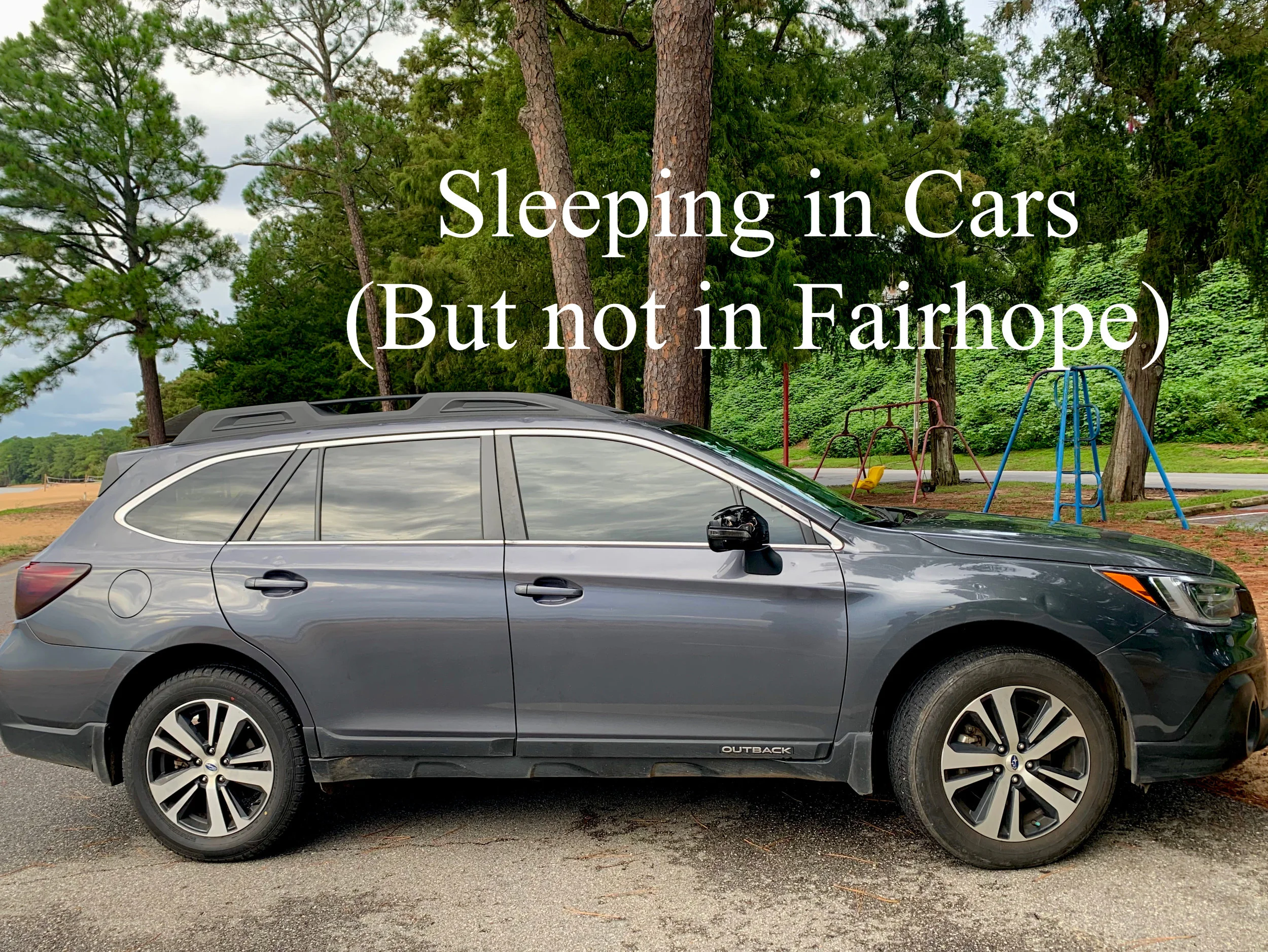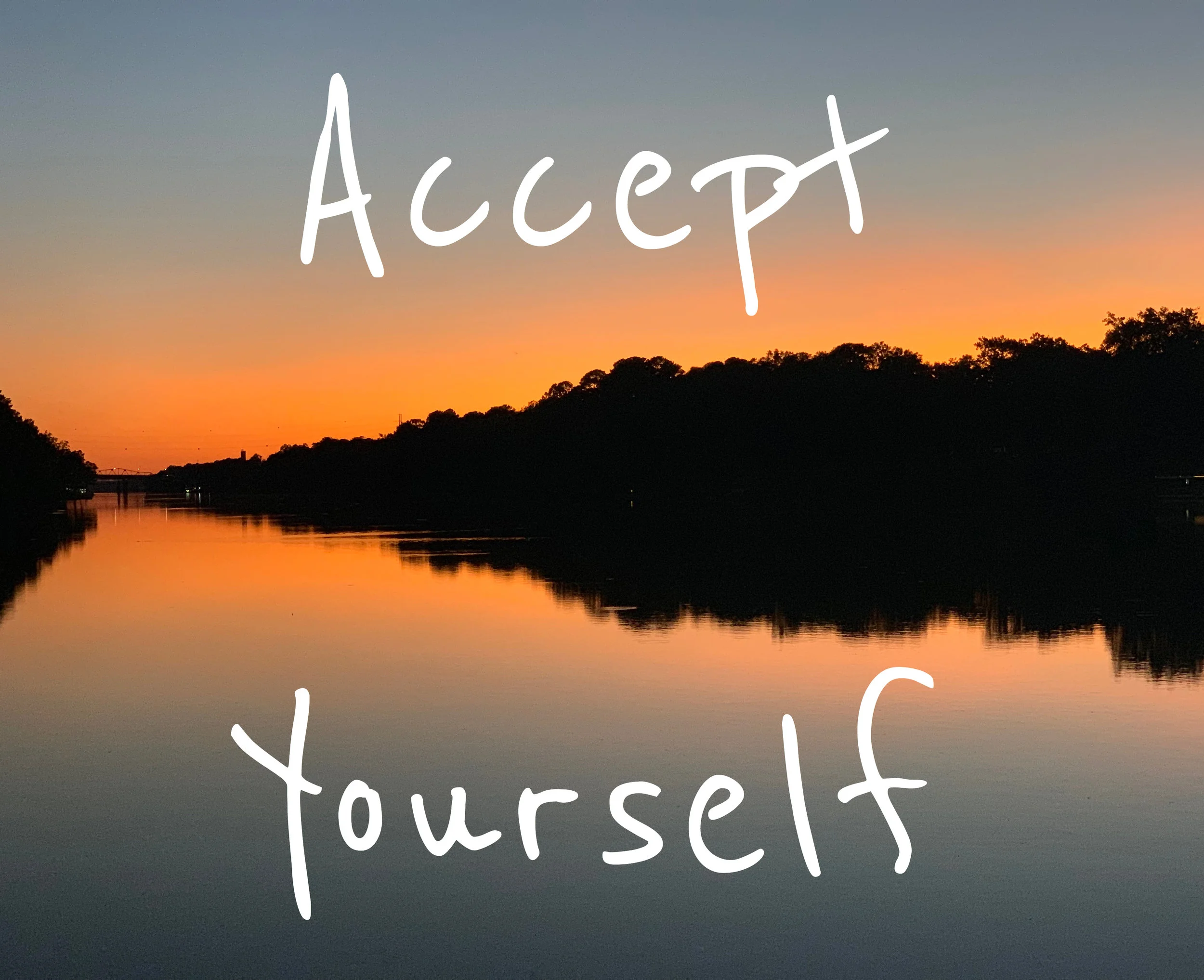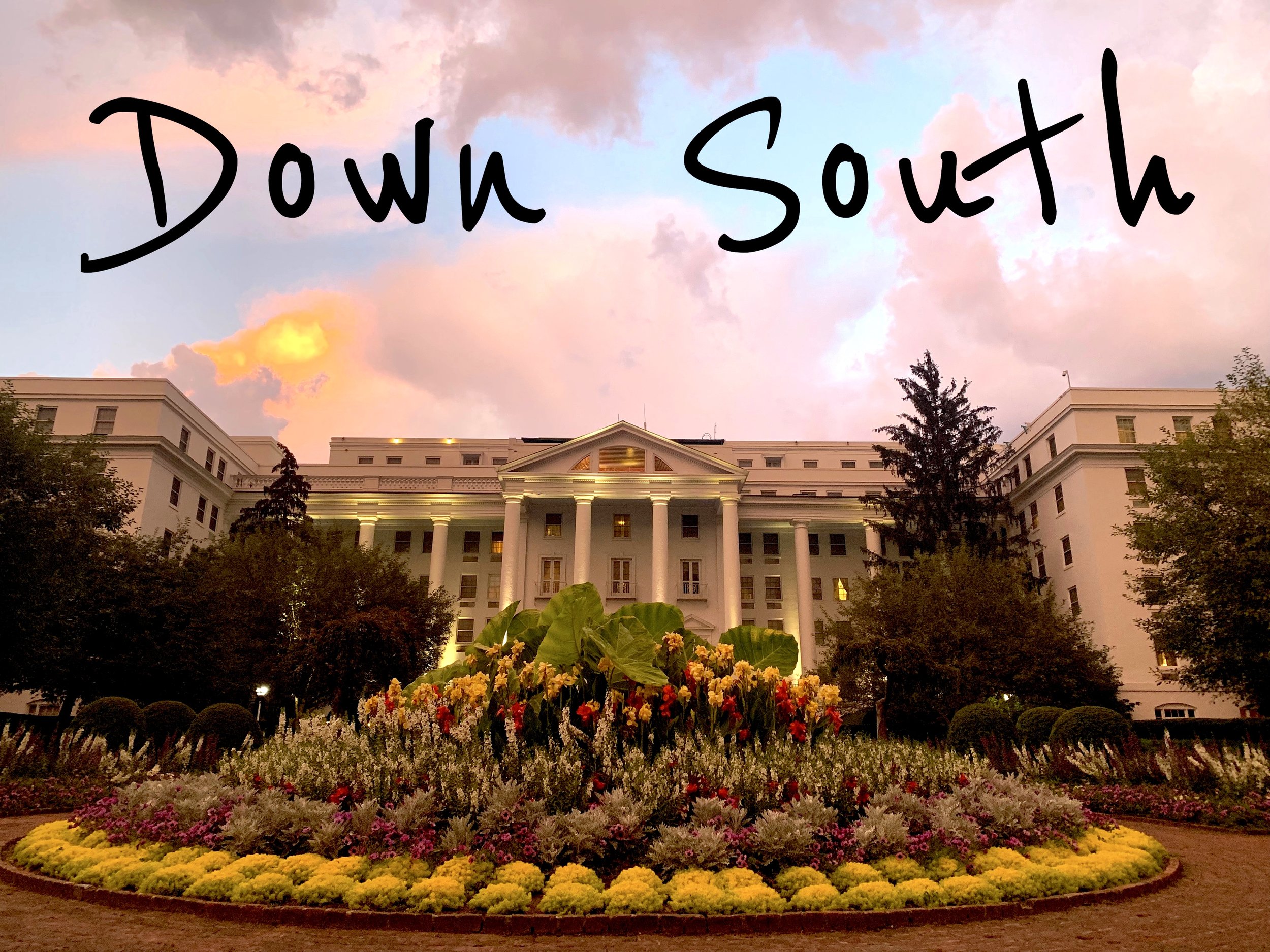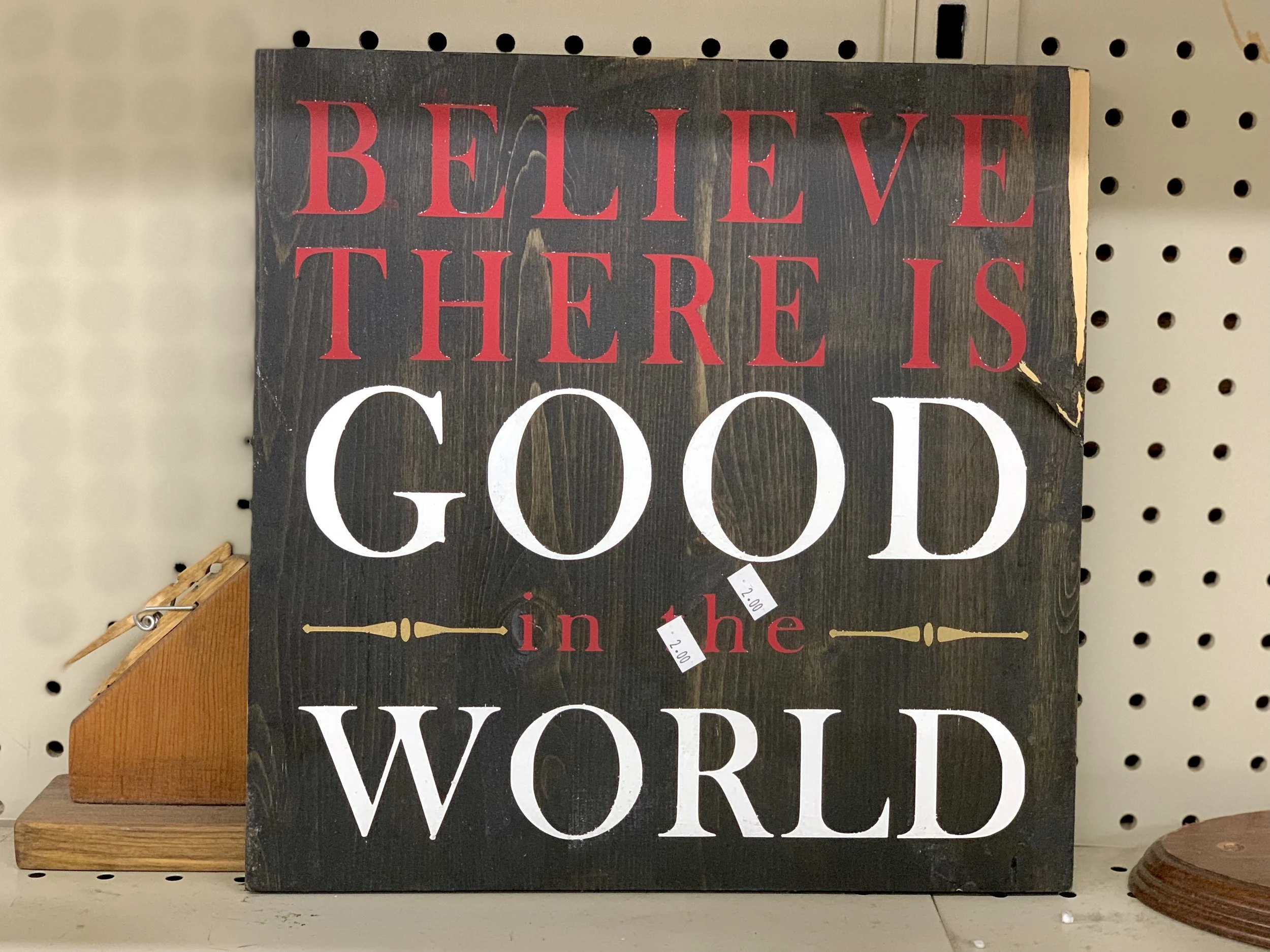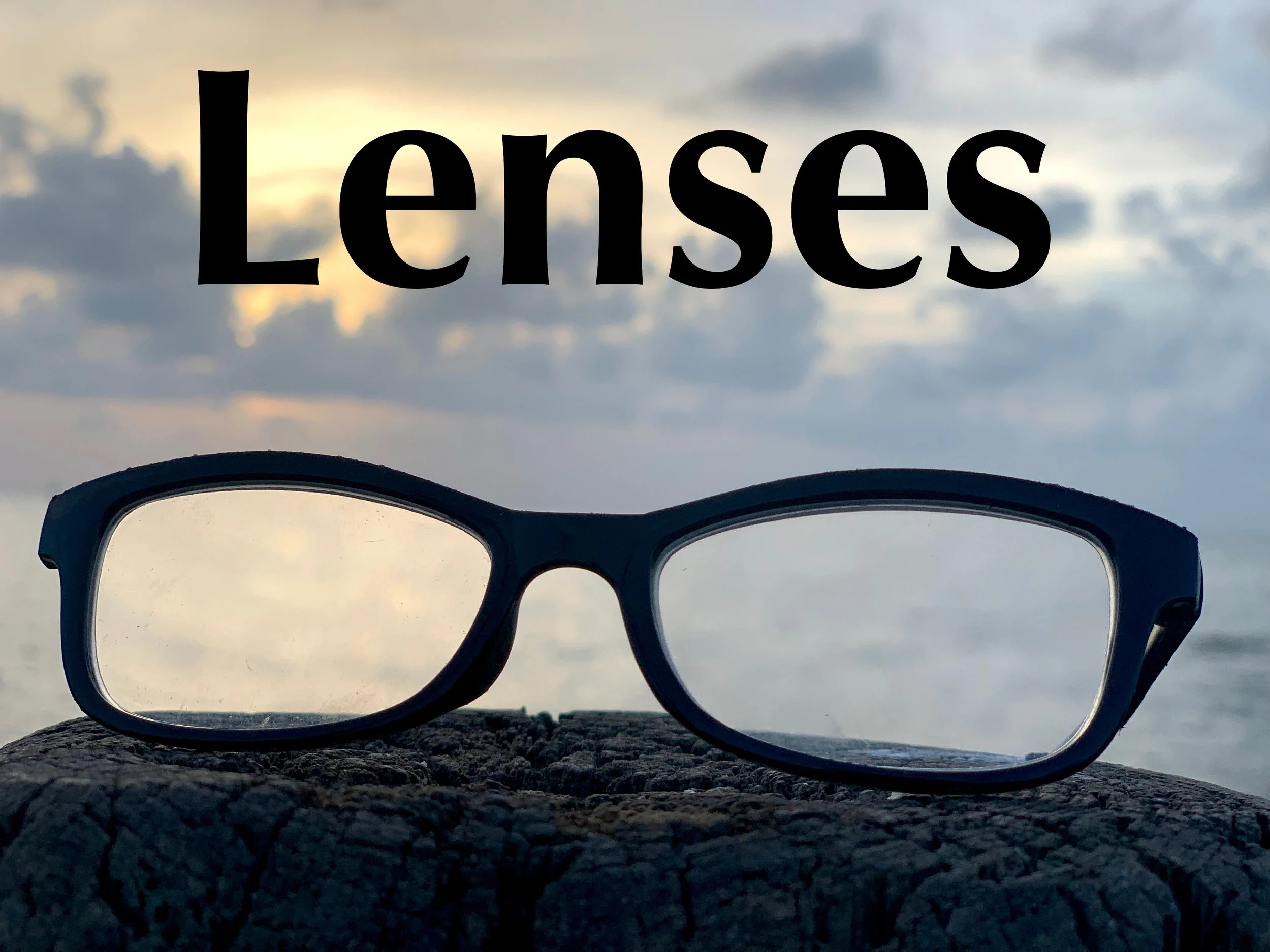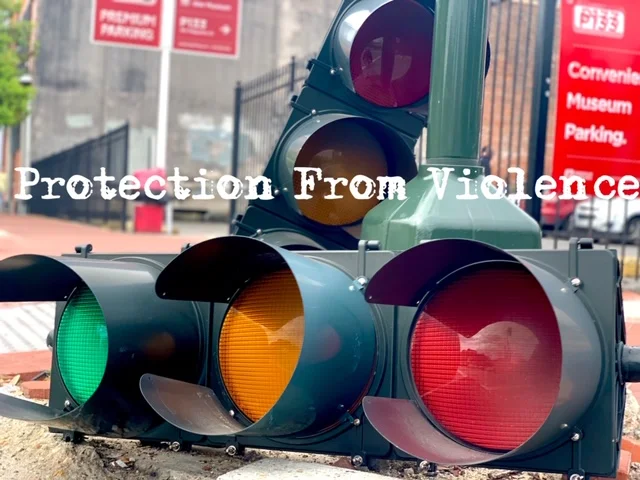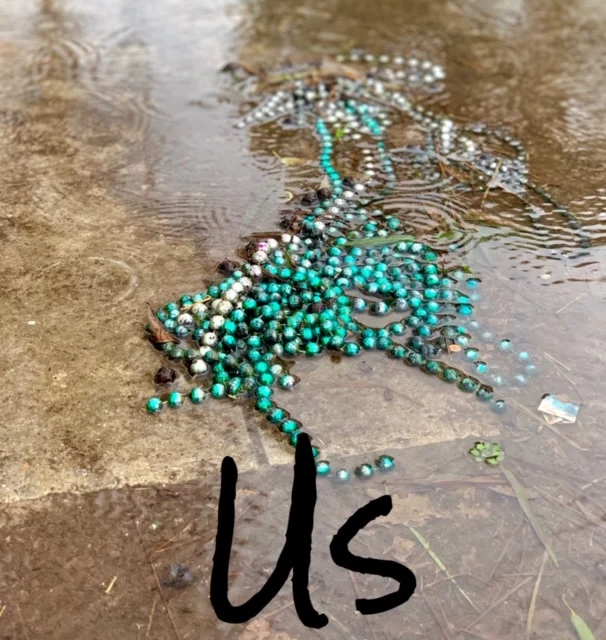Down South
Down South. West Virginia is barely south of the Mason-Dixon line. The Greenbrier is closer to Lake Ontario than the Gulf of Mexico, but the mat and the sign were both right. The resort has been part of the biggest chapters of American history and is one of the most “Southern” places in the South.
Americans Rising Up
Blue tarps still cover roofs around San Juan. There are downed billboards, mangled street signs and leaning power poles here and there, but it is possible to drive through Puerto Rico and see no damage. The scars are more internal than external and life is described as "before Maria" and "after Maria." Survivors tell of PTSD, anxiety, and an increase in domestic violence. Posters hang in bathrooms and churches with numbers victims can call for help.
From Hell to Hope
These are the stories of survivors of domestic violence in Mobile and Baldwin counties. Each of these women could be dead today. Instead, they prove it is possible to escape an abusive relationship and rebuild self-esteem. They shared their secrets to show other victims that there is hope for a better life on the other side.
Motels in Mobile
School buses pick up students at motels. In the afternoons, the children wearing backpacks, khaki pants, and red shirts walk across parking lots and slip room cards into doors -- alone until their mothers get home from work. 6,851children in the Mobile Public School System are homeless. 109 live in hotels and motels. 206 live in shelters and 36 are unsheltered. 6,230 are doubled up and living with friends or family members because they lost their housing (numbers provided by the MPSS).
Hugs on Dexter Avenue
Before I could get both feet inside the door at Dexter Avenue Baptist Church in Montgomery, a short woman wrapped her arms around me. It was a hug of love and family from a woman I had never met. Her name was Brenda and she was the greeter. Her cousin Wanda gave the tours that started in the basement where Martin Luther King Jr organized the Montgomery Bus Boycott. The waiting group stood next to the mural of Civil Rights leaders and a rack of T-Shirts that said, "Love Has No Color. One Race...Human Race."
1954
I learned about 1954 after picking that year and reading headlines from the front page of every edition, from January through December, of The Clarion-Ledger, a Mississippi newspaper my family once owned.

